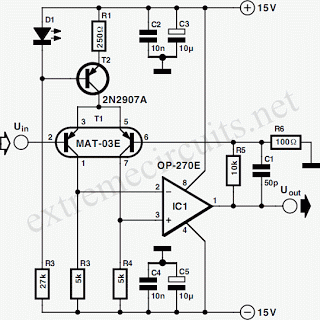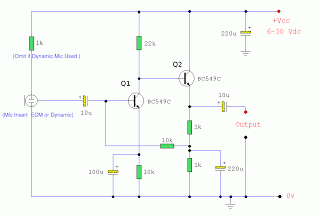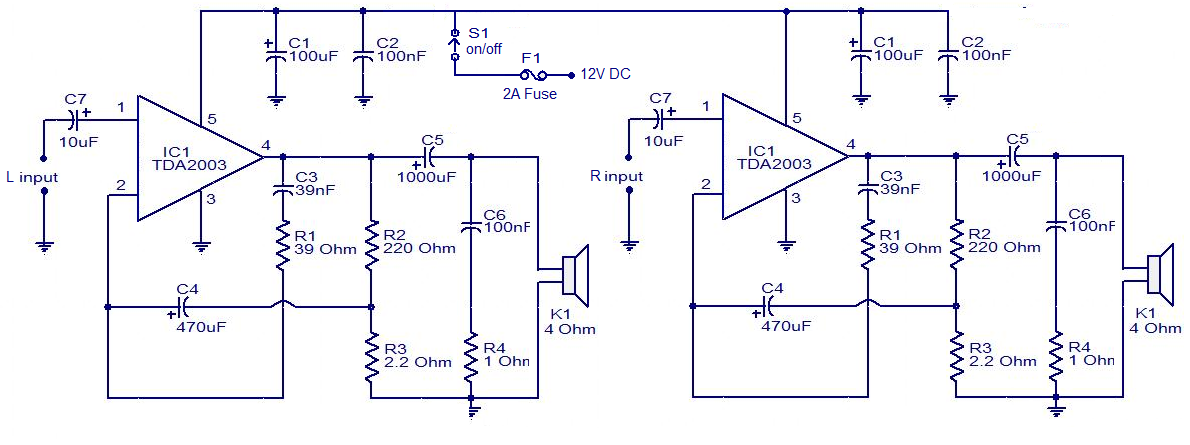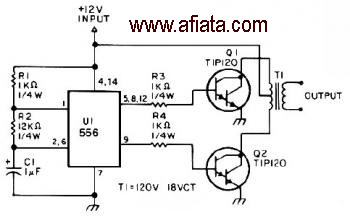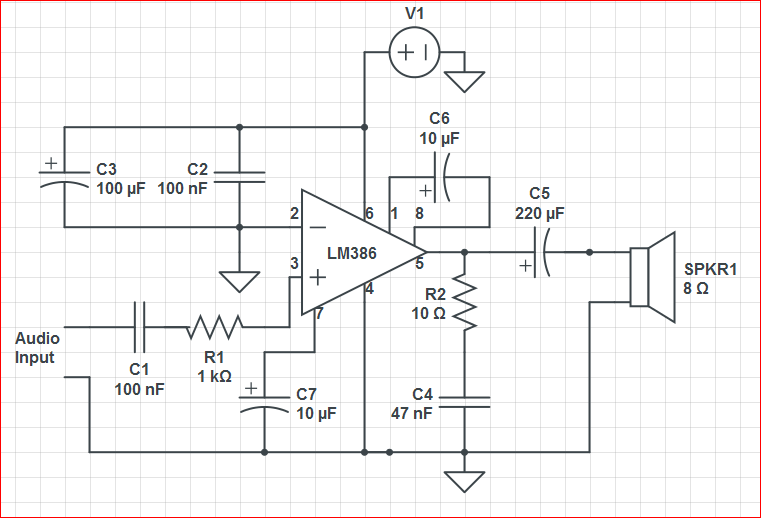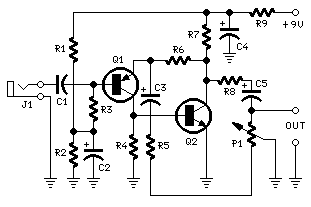
Making small tube amplifier 01
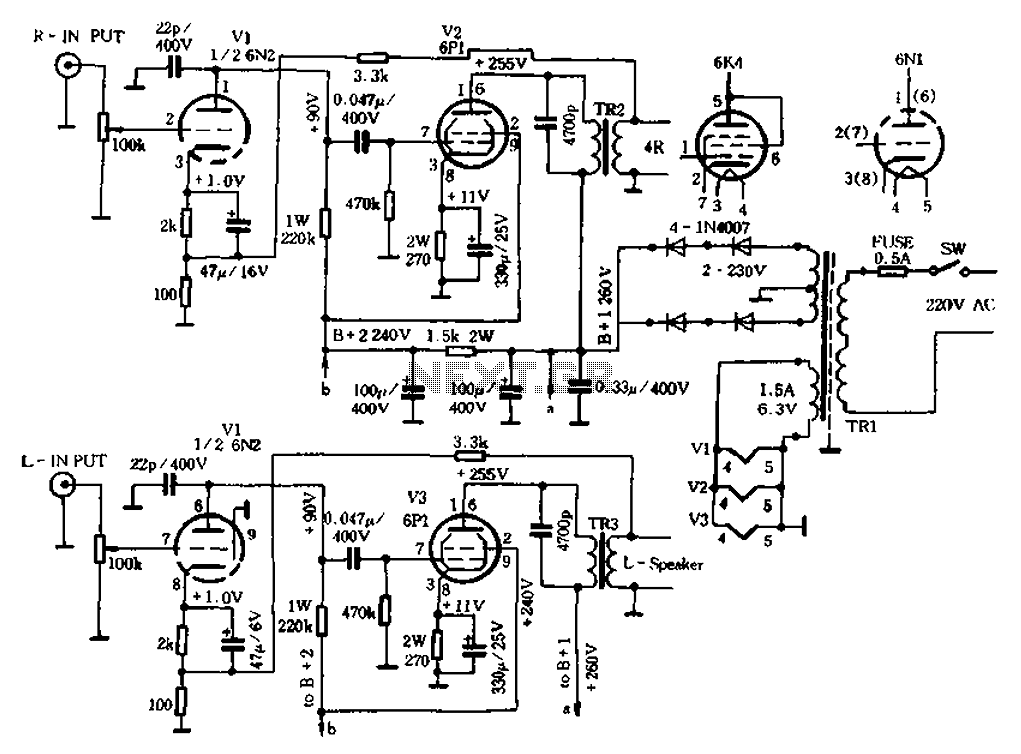
The original radio circuitry has been transformed into a block diagram representation. The electrical schematic is illustrated in Figure 1-27, which depicts a typical single-tube amplifier of Group A. One figure represents the audio amplifier circuit for the original radio channel, while the other shows the audio amplifier for an additional sound channel, which has been maximized in gain. The primary amplification component is the 6P1 tube and output transformers, alongside various resistive and capacitive components, with an estimated cost of 40 yuan. The capacitor circuit from the original design has been omitted, and the remaining component values have been replaced with icons. The power resistors are labeled and have been selected as 1/2W. Audio input can be connected from sources such as VCD players or tape decks to the radio tuner.
The described circuit is a single-tube audio amplifier, typical of Group A configurations, which are known for their linear amplification characteristics. The 6P1 tube serves as the core amplification element, providing a significant gain while maintaining audio fidelity. The output transformers are crucial for impedance matching and signal transfer to the speaker load, ensuring that the audio signal is effectively transmitted without distortion.
In the schematic, various resistive and capacitive elements are included to form necessary filtering and biasing networks. The choice of a 1/2W power rating for resistors suggests a design that balances power handling with efficiency, suitable for low to moderate power applications typical of audio amplifiers. The omission of the capacitor circuit from the original design indicates a simplification aimed at reducing component count and potential points of failure, while still achieving the desired audio performance.
The audio input section is designed to accommodate various external audio sources, such as VCD players or tape decks, allowing for versatile usage of the amplifier. The ability to connect to different audio sources enhances the functionality of the radio, making it a multi-purpose audio device. The design reflects a practical approach to audio amplification, focusing on essential components to deliver quality sound reproduction.After the original radio with guts shown transformed into a block diagram of the machine. Electrical schematic shown in Figure 1-27, which is a typical type of tube Group A sin gle-tube amplifier. A figure is the original radio channel audio amplifier circuit, and the other sound channel audio amplifier is increased all the way, the increase in the meta element is tube 6P1 and output transformers, as well as some resistive and capacitive elements, element costs 40 yuan. Capacitor circuit with the original Dong was omitted, the remaining elements of the numerical value by icon replacement.
In addition to resistance power has marked, are selected 1/2W. Audio input can be inserted VCD players, tape deck, to close radios tuner.
The described circuit is a single-tube audio amplifier, typical of Group A configurations, which are known for their linear amplification characteristics. The 6P1 tube serves as the core amplification element, providing a significant gain while maintaining audio fidelity. The output transformers are crucial for impedance matching and signal transfer to the speaker load, ensuring that the audio signal is effectively transmitted without distortion.
In the schematic, various resistive and capacitive elements are included to form necessary filtering and biasing networks. The choice of a 1/2W power rating for resistors suggests a design that balances power handling with efficiency, suitable for low to moderate power applications typical of audio amplifiers. The omission of the capacitor circuit from the original design indicates a simplification aimed at reducing component count and potential points of failure, while still achieving the desired audio performance.
The audio input section is designed to accommodate various external audio sources, such as VCD players or tape decks, allowing for versatile usage of the amplifier. The ability to connect to different audio sources enhances the functionality of the radio, making it a multi-purpose audio device. The design reflects a practical approach to audio amplification, focusing on essential components to deliver quality sound reproduction.After the original radio with guts shown transformed into a block diagram of the machine. Electrical schematic shown in Figure 1-27, which is a typical type of tube Group A sin gle-tube amplifier. A figure is the original radio channel audio amplifier circuit, and the other sound channel audio amplifier is increased all the way, the increase in the meta element is tube 6P1 and output transformers, as well as some resistive and capacitive elements, element costs 40 yuan. Capacitor circuit with the original Dong was omitted, the remaining elements of the numerical value by icon replacement.
In addition to resistance power has marked, are selected 1/2W. Audio input can be inserted VCD players, tape deck, to close radios tuner.
Warning: include(partials/cookie-banner.php): Failed to open stream: Permission denied in /var/www/html/nextgr/view-circuit.php on line 713
Warning: include(): Failed opening 'partials/cookie-banner.php' for inclusion (include_path='.:/usr/share/php') in /var/www/html/nextgr/view-circuit.php on line 713
